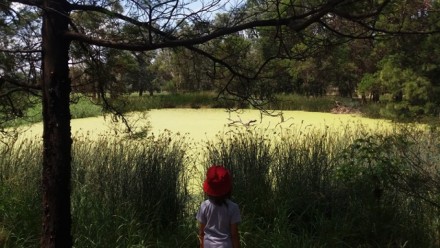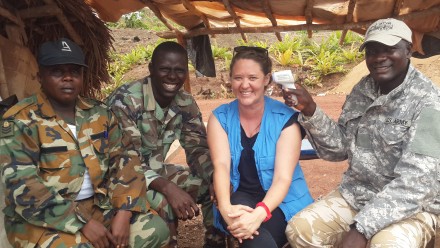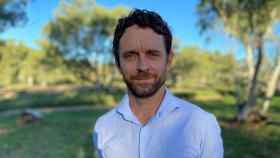From Ebola to COVID-19: skilled locals key to outbreak response
Share
Amy Parry arrived at three in the morning – hot, tired and disoriented in crowded Monrovia airport. It was 2015 and Parry was there to support the West African Ebola outbreak response. She was surprised to learn six other epidemiologists had also just turned up in the Liberian capital.
“The response team went from limited epidemiologist support to overload,” Parry says.
“There was a constant cycle of international epidemiologists coming in for four to six weeks then flying out again. Then another cycle of fresh responders would arrive sometime later, often without notice.”
It was clearly unsustainable. After working for years in Cambodia, embedded in local outbreak responses, including avian influenza, and supporting the country’s field epidemiology training program, Parry knew having a skilled local workforce was crucial to long-term success.
What’s Excel got to do with Ebola?
“In Liberia and Sierra Leonne, we were working within a very complicated, culturally embedded outbreak. We needed to focus on training and supporting local teams, rather than cycling through foreign epidemiologists that didn’t understand local cultures or context, and couldn't do a lot of the work due to language barriers,” Parry says.
So began her mission to change the status quo of international emergency response. And she started small – collecting and analysing survey data in Excel.
“I remember saying – who from the government can I support?”
The answer was Faith, a woman from Monrovia who had been tasked with investigating healthcare worker infections. Together they created questionnaires and interviewed healthcare workers to better understand their role in Ebola treatment centres, how they used personal protective equipment (PPE) and the risk profile of activities outside work.
“Looking at the data we realised they were likely not getting infected at work, rather, they were getting infected in the community,” Parry says. “Locals were afraid of the Ebola treatment centres, so they would approach health workers while they were in the community – and not wearing PPE.”
The data Parry and Faith produced helped advocate for healthcare workers to have supplies of PPE at home.
“Training someone how to better use Excel might not be sexy, but it is important. Together we solved one little piece of the puzzle, and Faith continued the work after I left,” Parry says.
Pushing for change
After further work with the World Health Organization in Cambodia and becoming a solo mum of twins, Parry headed back to Australia, enrolling in a PhD at the ANU National Centre for Epidemiology and Population Health. Her vision was to use her research to improve the effectiveness of emergency epidemiology response.
“I started my research by interviewing people from agencies who deploy epidemiologists to emergencies including Médecins Sans Frontières, the US Centers for Disease Control, and the World Health Organization,” she says. “They all reported the same issues around better defining the role of international epidemiology responders, the challenges they face in the field and the need to upskill local workforces. So, I knew I was on the right track.”
This all seems like sensible stuff. But as Parry delved further into her research, she found very little literature to support it.
“I’m using my PhD to build the evidence to push for change in our approach to epidemiology emergency response.
“We need to restructure emergency response to ensure leadership is centred at the local level. International responders need to follow national public health leadership and provide technical assistance to fill gaps and enhance local capacity.
“International response agencies need to work together more efficiently to avoid the ‘feast-or-famine’ approach to deploying epidemiologists and listen to what people on the ground want.”
An emergency closer to home
Parry’s plans for international fieldwork were kyboshed when COVID-19 hit. However, it also presented her with an opportunity to study an emergency closer to home, as the pandemic response required a rapid influx into the public health workforce.
This included evaluating a mentorship program implemented during the Victorian second wave of COVID-19. Parry found the program was effective in supporting a workforce that did not have prior public health experience, even during a national crisis.
“This type of support program could be utilised during public health emergency response not just locally, but globally. It has the potential to increase workforce effectiveness, support professional knowledge development and address the skills gap in lesser experienced responders,” Parry says.
Training local epidemiologists is a long-term goal, and one embedded within local governments and policy, but a mentoring program like this can provide short-term support.
Parry’s ongoing research will help develop similar mentorship programs, improve guidelines for emergency response, better define mechanisms for countries to request international support and strengthen international communities of practice.
“Emergency response and outbreaks are complicated beasts,” Parry says. “I’m trying to put all of those pieces of the puzzle together and build the evidence to improve the effectiveness of epidemiologists during emergency response. Over time, I think there will be change for the better.”
- This article was published as part of the Summer 2021-22 edition of ANU Reporter by Liz Drummond.














